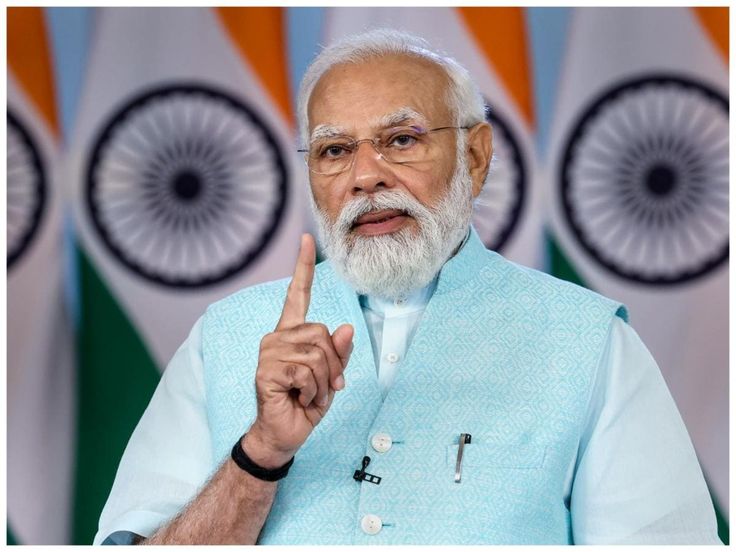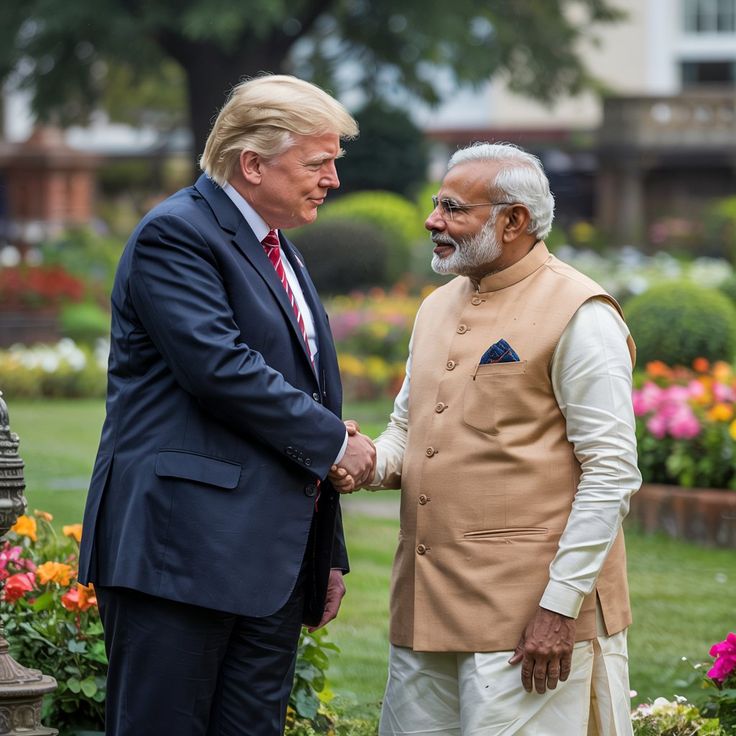At a time when global geopolitics is shifting rapidly, Prime Minister Narendra Modi’s 4-day visit to China and Japan for the SCO 2025 Summit is being closely watched by world leaders, strategists, and policy experts. The tour is expected to shape India’s role in Asia’s emerging power balance, making it one of the most important diplomatic engagements of the year.
On August 29, 2025, Prime Minister Narendra Modi will go to China and Japan for four days in order to attend the Shanghai Cooperation Organization (SCO) Summit.The visit highlights India’s growing influence in regional and international diplomacy, especially in light of Asia’s shifting energy, commerce, and security environments.
This high-profile summit brings together heads of state and government from SCO member countries—including China, Russia, Central Asian nations, Pakistan, and India—making it a key forum for multilateral engagement. Japan, though not a member, is hosting strategic side meetings with Modi, highlighting Tokyo’s growing interest in working with India as a counterbalance to China’s influence.
What is the SCO?
The Shanghai Cooperation Organization (SCO), established in 2001, is a political, economic, and security alliance comprising China, Russia, India, Pakistan, and several Central Asian states such as Kazakhstan, Kyrgyzstan, Tajikistan, and Uzbekistan.
The organization primarily focuses on:
- Regional security cooperation (counterterrorism, extremism, cybersecurity)
- Trade and connectivity projects across Eurasia
- Energy partnerships among member states
- Diplomatic dialogue on global issues
India became a full member in 2017, and since then, the country has used the SCO platform to highlight its concerns about terrorism, regional stability, and fair trade practices.
Modi’s China Leg: Diplomacy Amid Tensions
On the margins of the conference, PM Modi is expected to have bilateral discussions with President Xi Jinping in China, which would be his first destination. This is significant, given the strained ties between India and China in recent years due to border disputes, trade imbalances, and Beijing’s growing closeness with Pakistan.
Key issues likely to be discussed include:
Border Stability: Talks on easing tensions along the Line of Actual Control (LAC) and preventing incidents like the Galwan Valley clash of 2020.
Trade Relations: India’s trade deficit with China remains a pressing concern. Modi is expected to push for fairer market access for Indian goods and technology.
Regional Security: Cooperation on counterterrorism under the SCO framework, though India remains wary of China’s policies.
Energy & Infrastructure: Potential collaboration on renewable energy and regional connectivity projects, despite India’s reservations on China’s Belt and Road Initiative (BRI).
Experts believe this visit will test whether India and China can manage competition without confrontation while maintaining dialogue on critical issues.
Modi’s Japan Leg: Strengthening Strategic Partnership
From China, Modi will go to Japan, which has been India’s most reliable Asian ally. Japan is not an SCO member but has been invited for high-level dialogues and side meetings on regional security and development.
India and Japan have a Special Strategic and Global Partnership founded on common values such as democracy, free markets, and the rule of law. The two leaders—PM Modi and Japanese PM Fumio Kishida—are expected to discuss:
Indo-Pacific Security: Enhancing cooperation under the Quad grouping (India, Japan, U.S., Australia) to counterbalance China’s maritime assertiveness.
Trade & Technology: Growing Japanese investments in digital infrastructure, sustainable energy, and India’s semiconductor sector.
Connectivity Projects: Collaboration on the India–Japan Asia–Africa Growth Corridor (AAGC), seen as an alternative to China’s BRI.
Defence Cooperation: Strengthening naval ties, joint military exercises, and defence technology sharing.
Japan’s involvement in these talks also signals a wider strategic alignment between India and democratic powers in Asia, positioning New Delhi as a key player in shaping the region’s future.
SCO 2025 Agenda: What’s at Stake?
The SCO Summit 2025 is expected to focus on several pressing issues:
- Counterterrorism and Security Cooperation
- Member states will deliberate on ways to strengthen intelligence-sharing mechanisms and combat extremist groups operating across Central and South Asia.
- India is expected to raise concerns about cross-border terrorism, particularly emanating from Pakistan.
Energy Security and Climate Change
Discussions will highlight cooperation in energy trade, including natural gas pipelines and renewable energy development.
Modi is anticipated to highlight India’s pioneering role in climate projects, such as the International Solar Alliance.
Trade, Connectivity, and Digital Cooperation
Efforts to boost intra-SCO trade, reduce tariffs, and improve infrastructure connectivity across Eurasia will dominate economic talks.
India is likely to push for fair digital trade practices and resist China’s dominance in critical technology sectors.
Regional Conflicts & Global Balance
Other important subjects will include Afghanistan’s instability, the ongoing confrontation between Russia and Ukraine, and the changing U.S. policies in Asia.
As a balancing force, India’s stance will be crucial in shaping the SCO’s collective position on global issues.
Significance of Modi’s Visit
Modi is making more than just a standard diplomatic trip to China and Japan for the SCO 2025 conference. It is strategically important for several reasons:
Positioning India as a Global Power: Modi’s active participation signals India’s readiness to play a leading role in shaping Asian and global politics.
Balancing China’s Influence: Engaging both China and Japan reflects New Delhi’s effort to maintain a delicate diplomatic balance in Asia.
Boosting Economic Diplomacy: With Japan’s technology and China’s trade might, India seeks to advance its own economic agenda and growth.
Regional Stability: India’s voice at the SCO will influence discussions on security challenges in South Asia, Central Asia, and beyond.
Expert Views
Modi’s SCO tour, according to foreign policy specialists, is an example of India’s practical diplomacy, which involves interacting with both allies and adversaries to protect its interests as a nation.
Dr. Anjali Sharma, a geopolitical expert, observes: India cannot afford to become isolated in a changing global system. By engaging both China and Japan during the SCO summit, Modi is sending a message that New Delhi is ready to act as a bridge-builder while also protecting its strategic autonomy.
Dr. Arvind Gupta, former diplomat: “By attending the SCO in China and visiting Japan immediately after, Modi is signaling that India won’t be tied down to any one bloc—it will engage all sides on its own terms.
As PM Modi embarks on his four-day tour of China and Japan, the outcomes will likely shape not only India’s foreign policy trajectory but also the regional order in Asia. With global eyes fixed on Beijing and Tokyo, every handshake, statement, and agreement will be dissected for its larger implications.
Whether it is advancing India’s role in SCO, easing tensions with China, or cementing technology and defense partnerships with Japan, this trip is a defining moment for Modi’s diplomacy.
In an era where global power equations are shifting rapidly, Modi’s presence on both SCO and Indo-Pacific platforms demonstrates India’s determination to stand tall as a global leader, balance rivalries, and champion cooperation in an increasingly divided world.
Related News: Read More




Pingback: Trump Names Sergio Gor New US Ambassador to India
Pingback: India-Fiji ties improve as PM Modi meets with Sitiveni..